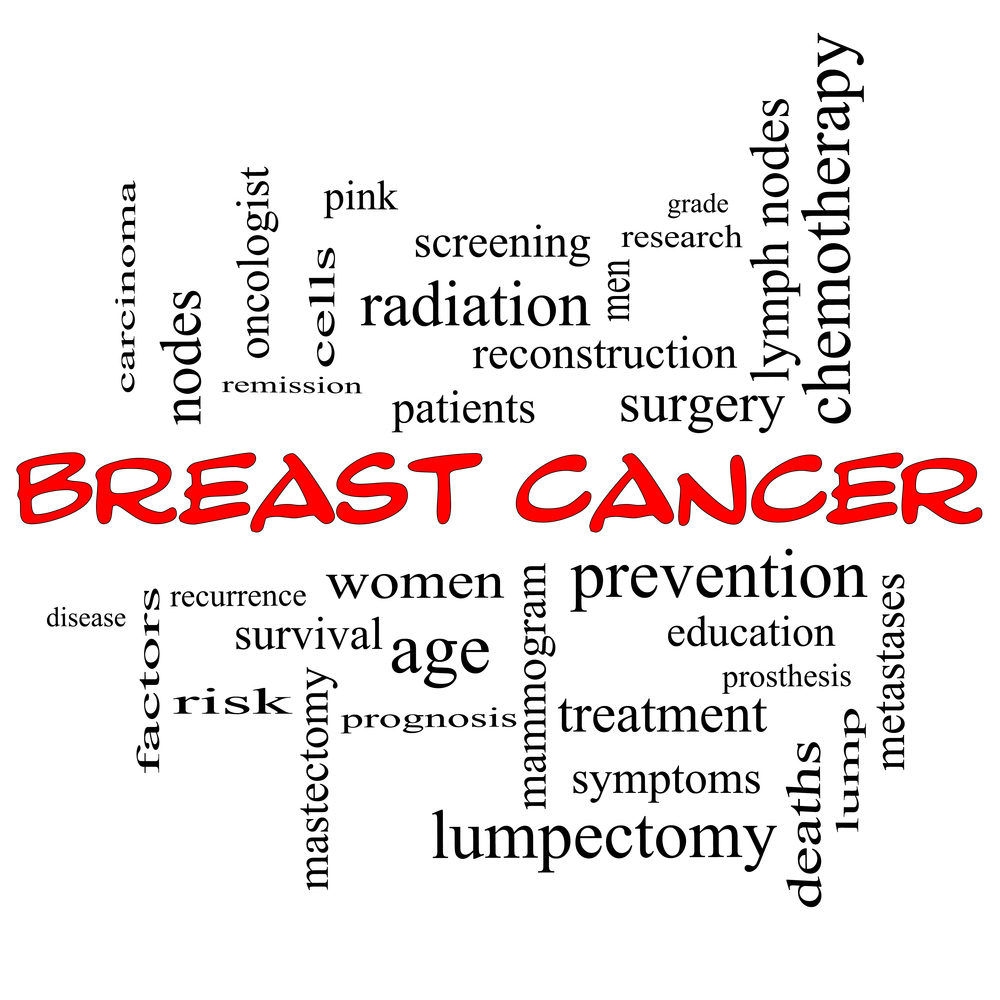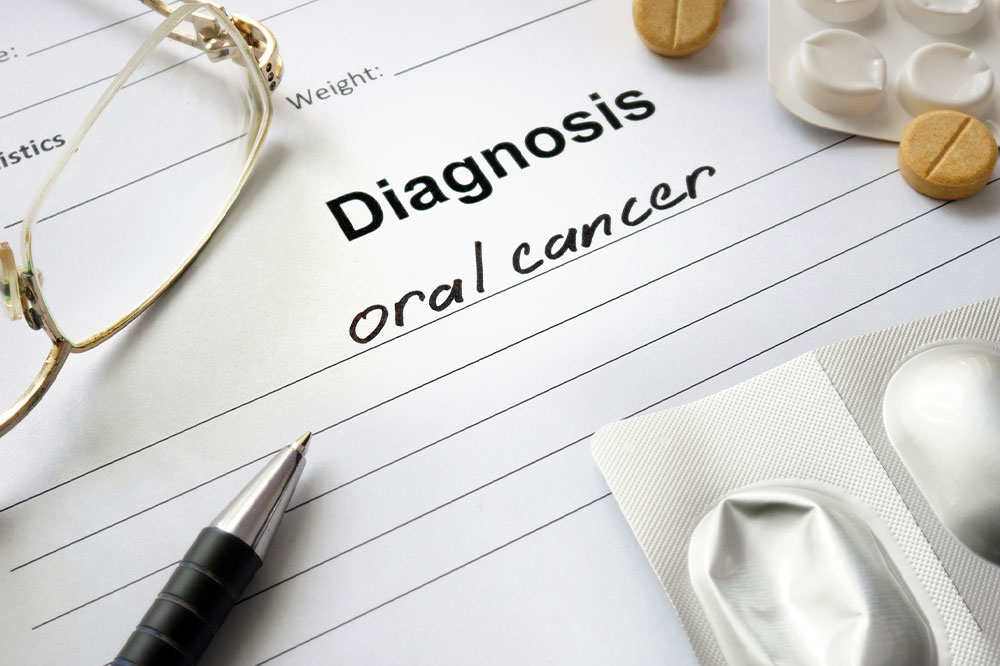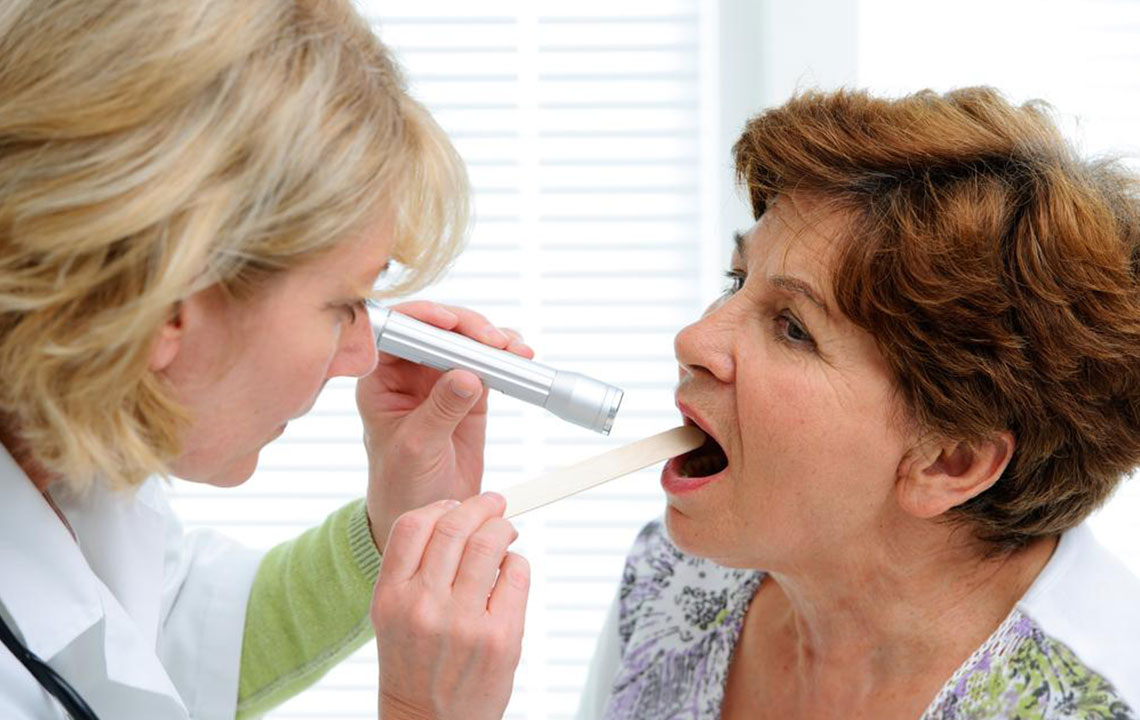Oral Cancer: Stages and Treatment Options
This article provides an in-depth overview of oral cancer, covering its stages, symptoms, diagnosis methods, and treatment options. Understanding these aspects can help in early detection and effective management, increasing the chances of successful recovery and improving quality of life. Regular dental check-ups and awareness of warning signs are essential for prevention and timely intervention. The article emphasizes the importance of a multidisciplinary approach, including surgery, radiation, chemotherapy, and targeted therapies, for optimal care.
Sponsored

Understanding Oral Cancer: Stages and Treatment
Oral cancer, also known as mouth or oropharyngeal cancer, involves abnormal cell growth in any oral cavity part. It can appear on the tongue tip, lips, gums, inner cheeks, tonsils, salivary glands, palate, or the base of the mouth. It starts at one site and may spread if untreated, affecting the head, neck, and beyond. Most cases occur after age 40, more in men, with risk factors including tobacco, alcohol, and family history. Early signs are subtle but include unusual red or white patches, ulcers, lumps, persistent pain, or sore throats. Regular dental check-ups are crucial.
Diagnosis involves endoscopy and imaging such as X-rays, CT scans, and PET scans to determine cancer spread. Stages estimate the extent of spread:
Stage I: Small, superficial tumor under an inch, no lymph node involvement.
Stage II: Tumor enlarges to 1-2 inches without lymph node invasion.
Stage III: Tumor exceeds 2 inches, may involve nearby lymph nodes.
Stage IV: Cancer has spread to other parts of the mouth, lymph nodes, or distant organs.
Treatment usually involves surgical removal of the tumor with healthy tissue margins, followed by radiation and/or chemotherapy to eradicate remaining cells. Early stages often require less extensive surgery, while advanced stages might involve removal of parts of the jaw or tongue, with reconstructive procedures if needed. Radiation therapy uses high-energy X-rays to damage cancer DNA, effective especially in early stages, with potential side effects like sores and skin reactions. Chemotherapy employs drugs to kill cancer cells but may cause fatigue, nausea, hair loss, and lowered immunity. Targeted therapies, such as monoclonal antibodies like cetuximab, aim at specific cancer cell features and are used with radiation or chemotherapy. Overall, early detection and comprehensive treatment improve outcomes significantly.






